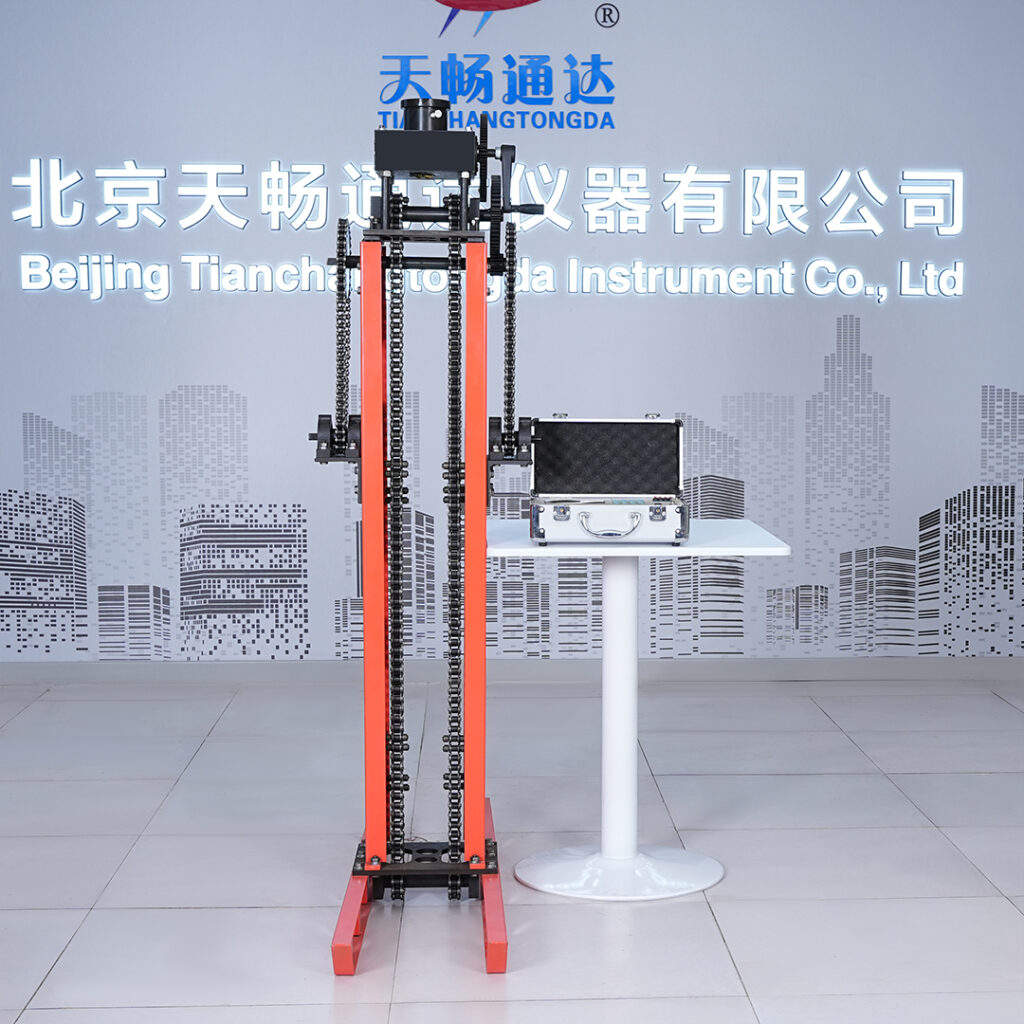In modern geotechnical investigations, accurately assessing soil strength is the foundation of every safe and cost-effective construction project. When engineers, contractors, and site investigators need to understand how soil behaves under load, they often turn to a trusted instrument: the Static Cone Penetrometer.
But with multiple testing methods available — including standard penetration tests (SPT), dynamic probing, and lab-based analysis — why is the static cone penetrometer increasingly chosen for in-situ soil strength evaluation?
This article explores the reasons behind its popularity, backed by technical performance, real-use advantages, and industry applications. If you’re considering a static cone penetrometer for your projects, here’s why it may be the smartest choice.
🔍 The Role of Soil Strength Testing in Construction
Soil strength refers to a ground layer’s ability to withstand shear and vertical loads. It determines:
- Whether foundations will settle or shift
- How stable slopes and embankments will remain
- What construction techniques are safe and cost-efficient
Weak or mischaracterized soils can lead to structural failure, uneven settlement, or costly delays.
This is why in-situ testing — that is, testing the soil directly in the ground — has become essential, and the static cone penetration test (SCPT) is one of the most reliable methods.
✅ 5 Reasons Why Static Cone Penetrometer Is the Right Choice
1. Direct In-Situ Strength Profiling
The static cone penetrometer penetrates soil at a constant speed, recording resistance data as it goes. This allows engineers to:
- Evaluate cone resistance (qc) and sleeve friction (fs)
- Determine soil stratification and bearing capacity
- Analyze undrained shear strength
Unlike lab testing, this process doesn’t disturb the sample — leading to more realistic and accurate results.
2. High Precision and Real-Time Results
Modern SCPT equipment, such as our model at TestEquipHub, offers:
- Digital A/D conversion with 1/20000 resolution
- ±0.1% measurement accuracy
- Real-time depth and pressure display
- Up to 10 simultaneous data points on screen
This eliminates guesswork and delays, making it ideal for on-site decision-making.
3. Ideal for Soft to Medium Soils
Unlike dynamic tests, the static cone penetrometer excels in:
- Clay-rich environments
- Loose or layered silt
- Shallow water table zones
Because of its gentle, controlled penetration, it avoids soil compression that would otherwise distort results.
📩 Interested in a reliable static cone penetrometer for these conditions? Click here to contact our team directly.
4. Flexible Probe and Depth Options
One of the major advantages of our model is its adaptability:
| Component | Description |
|---|---|
| Double-bridge cone probe | Standard for most SCPT uses |
| Pore pressure cone probe | Measures pore water response |
| Cross plate probe | Evaluates shear strength and stiffness |
| Depth capability | Up to 20 meters across multiple modes |
| Power system | Up to 50 hours of working time per charge |
You can easily switch probes depending on the test environment, reducing the need for multiple devices.
5. User-Friendly + Cost-Efficient
With a fully enclosed, lightweight design (208×148×58mm; 0.5kg), the device is portable and durable. It supports USB/RS232 communication, Chinese-English display, and intuitive operation. For site engineers, the device enables:
- Fast deployment in field conditions
- Modular part replacement (reduces maintenance costs)
- Data storage for 10+ full test cycles
- Rechargeability (over 400 times)
🌐 View full product specs on our Static Cone Penetrometer product page.
🔧 Comparing Static vs. Dynamic Penetrometers
| Feature | Static Penetrometer | Dynamic Penetrometer |
|---|---|---|
| Penetration Method | Continuous, low-speed | Impact-driven |
| Accuracy | High (±0.1%) | Moderate |
| Sample Disturbance | Minimal | Higher risk |
| Ideal Soil | Clay, silt, soft/medium | Dense sand, gravel |
| Real-Time Display | ✅ Yes | ❌ Often no |
| Battery Life | 50+ hours | Varies |
Static methods are preferred when detailed stratigraphy and soft-soil profiling are critical.
🏗️ Common Applications in Engineering Projects
✔️ Foundation Site Investigations
Quickly determine bearing layers, soil stiffness, and foundation suitability for buildings.
✔️ Road & Pavement Engineering
Assess subgrade uniformity and compaction levels for highways or airport runways.
✔️ Bridge Construction
Test abutment soil resistance and water table influence for piers or approach slabs.
✔️ Agricultural Engineering
Evaluate soil layers for root resistance, drainage, and subsurface behavior.
🙋 Frequently Asked Questions
Q1: How accurate is the test compared to lab samples?
A: SCPT is highly accurate for undisturbed measurements and often complements lab tests rather than replacing them.
Q2: Can the device operate continuously over long hours?
A: Yes, our model supports testing periods from 1 to 36 hours, with a battery life exceeding 50 hours.
Q3: Is the probe interchangeable for different tests?
A: Absolutely. It supports multiple probe heads for shear, pressure, and cross-plate measurements.
💼 Why Choose TestEquipHub?
At TestEquipHub, we are committed to building precision instruments that solve real-world field problems. Our Static Cone Penetrometer offers:
- 🔬 High-fidelity sensor accuracy
- 🔋 Long-lasting battery and internal memory
- 🧠 User-friendly interface with multi-language support
- 🔧 Modular structure for easy maintenance
- 💬 Instant WhatsApp consultation for technical support
📞 Contact us now via WhatsApp to discuss your project needs.
📌 Final Thoughts: Invest in Precision, Avoid Field Guesswork
Choosing the right soil testing tool isn’t just about price — it’s about accuracy, reliability, and data you can trust. The Static Cone Penetrometer gives you confidence beneath the surface, reducing uncertainty and increasing efficiency.
✅ Ready to get started?
🔗 Visit the full product page: Static Cone Penetrometer
📱 Message us directly: WhatsApp Chat
🌐 Explore more instruments: Visit Homepage
Your soil doesn’t guess. Why should your test results? Choose precision — choose TestEquipHub.
